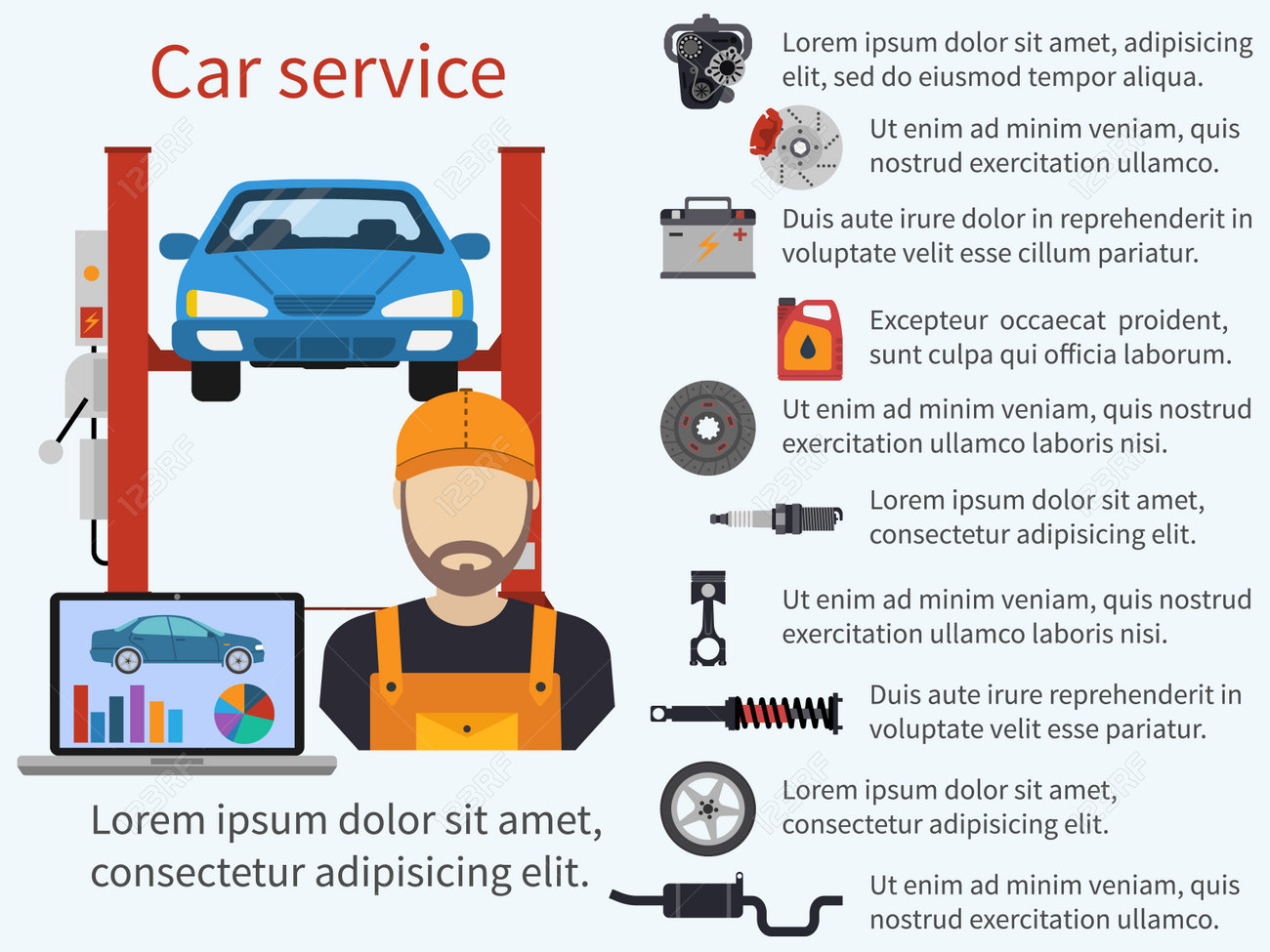Intrigued In Understanding The Caution Lights On Your Automobile'S Control Panel? Discover Their Relevance For Your Vehicle'S Safety And Security And Overall Problem
Intrigued In Understanding The Caution Lights On Your Automobile'S Control Panel? Discover Their Relevance For Your Vehicle'S Safety And Security And Overall Problem
Blog Article
Web Content Writer-Higgins Corbett
When you lag the wheel, those radiant caution lights on your dashboard can be a little bit difficult. Do you recognize what they're trying to tell you about your cars and truck's wellness? Recognizing the significance of these lights is vital for your safety and the longevity of your automobile. So, the following time among those lights turns up, wouldn't you want to decipher its message properly and take the needed steps to address it?
Common Warning Lighting and Interpretations
Recognize common caution lights in your auto and understand their meanings to ensure secure driving.
One of the most common caution lights include the check engine light, which signifies problems with the engine or emissions system. If this light comes on, it's essential to have your vehicle checked promptly.
The oil stress advising light indicates reduced oil pressure, calling for instant interest to avoid engine damage.
A flashing battery light may suggest a faulty charging system, potentially leaving you stranded if not resolved.
The tire pressure tracking system (TPMS) light alerts you to reduced tire pressure, affecting vehicle stability and fuel effectiveness. Neglecting this could lead to dangerous driving problems.
The abdominal muscle light suggests an issue with the anti-lock braking system, compromising your capacity to quit quickly in emergency situations.
Lastly, the coolant temperature level advising light warns of engine getting too hot, which can result in serious damage if not settled swiftly.
Understanding these typical caution lights will certainly help you resolve concerns immediately and preserve risk-free driving conditions.
Relevance of Prompt Focus
Recognizing the typical caution lights in your car is only the primary step; the importance of promptly addressing these warnings can't be stressed enough to ensure your safety and security when driving.
When a warning light illuminates on your dashboard, it's your vehicle's method of connecting a possible issue that needs attention. Neglecting mouse click the next web site can cause a lot more serious troubles in the future, endangering your safety and security and possibly costing you extra in repairs.
Trigger interest to warning lights can avoid breakdowns and crashes. For example, a blinking check engine light might indicate a misfire that, if left ignored, might cause damages to the catalytic converter. Addressing this promptly can save you from an expensive fixing.
Similarly, https://www.kbb.com/car-news/car-repairs-stretching-for-weeks-thanks-to-supply-problems/ warning light could signify low brake fluid or worn brake pads, vital parts for your safety when driving.
DIY Troubleshooting Tips
If you see a caution light on your control panel, there are a couple of do it yourself fixing suggestions you can attempt prior to looking for specialist aid.
The primary step is to consult your automobile's manual to understand what the details caution light shows. In some cases the problem can be as straightforward as a loose gas cap activating the check engine light. Tightening up clean car interior near me might resolve the issue.
One more usual issue is a reduced battery, which can trigger numerous cautioning lights. Examining the battery connections for deterioration and guaranteeing they're safe and secure could repair the trouble.
If a caution light lingers, you can attempt resetting it by disconnecting the cars and truck's battery for a few mins and after that reconnecting it. Furthermore, inspecting your vehicle's liquid degrees, such as oil, coolant, and brake fluid, can assist repair cautioning lights related to these systems.
Final thought
In conclusion, recognizing your vehicle's caution lights is important for keeping your car running smoothly and securely. By promptly dealing with these informs and understanding what they suggest, you can stay clear of expensive fixings and potential malfunctions.
Keep in mind to consult your car's manual for particular details on each alerting light and act appropriately to make certain a trouble-free driving experience.
Remain notified, remain safe when driving!
